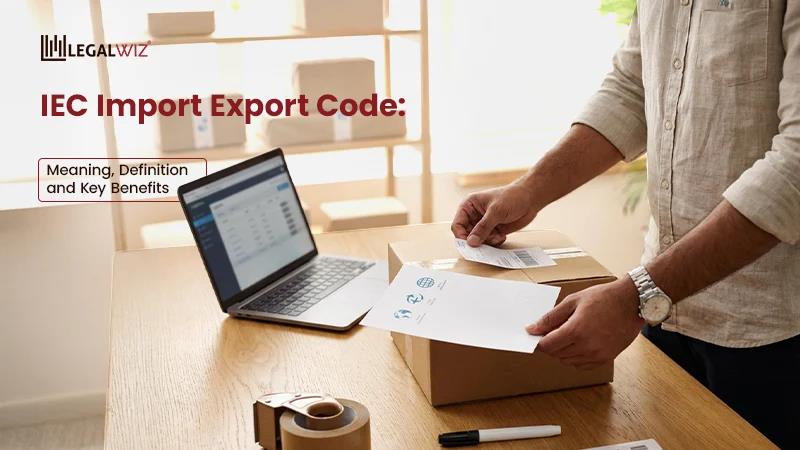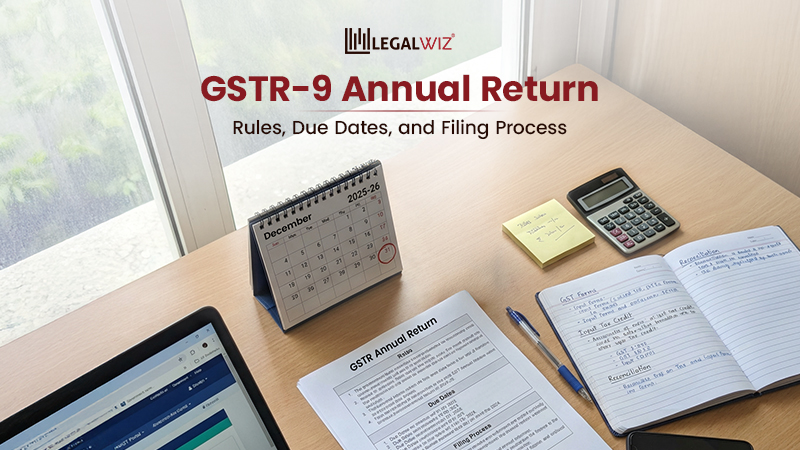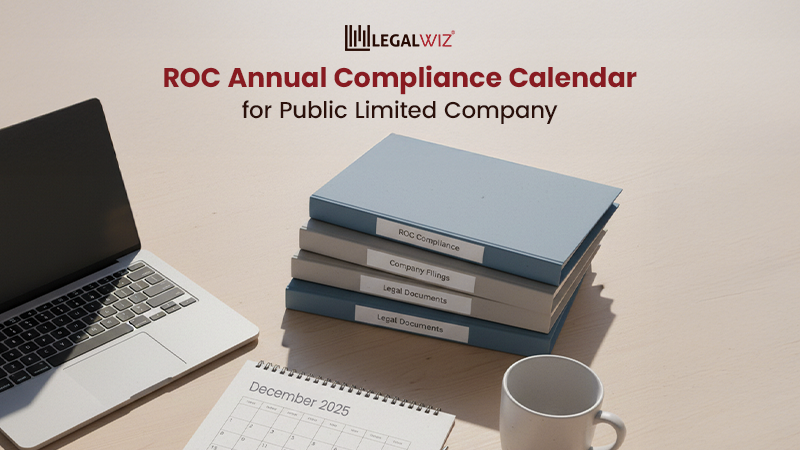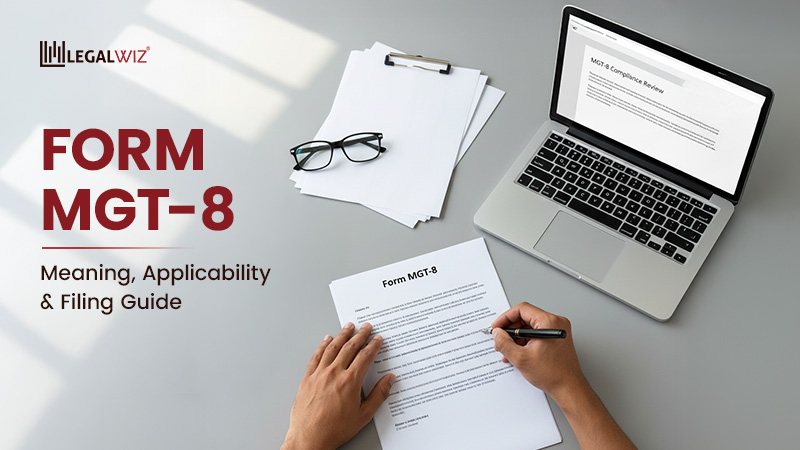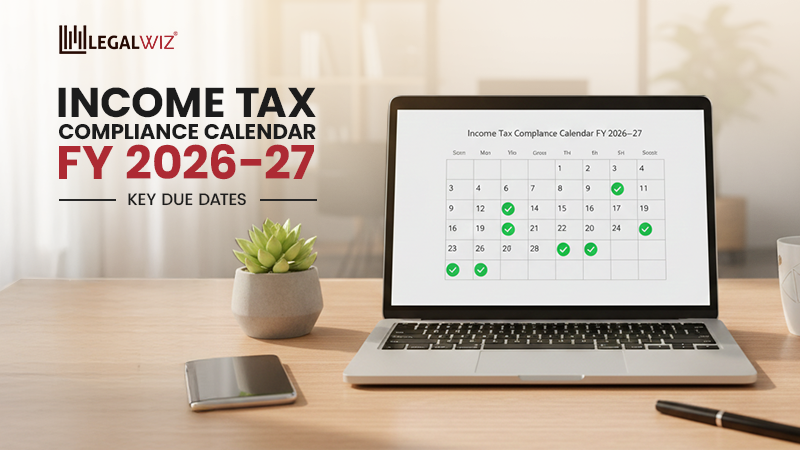What is Form 16B TDS Certificate for Sale of Property
Introduction
When it comes to navigating the intricate realm of taxes and financial transactions, it’s essential to have a clear understanding of the various certificates and forms that come into play. One such important form is Form 16B, particularly significant in the context of TDS Returns and Income Tax Return filing. In this comprehensive guide, we will delve into the intricacies of Form 16B. We will illustrate its purpose, contents, due dates, and everything you need to know about this crucial document.
What is Form 16B
Form 16B stands as a testament to the expanding scope of tax compliance. In India, individuals with taxable income have to file an income tax return. This involves reporting their income and tax liabilities. However, the Income Tax Act incorporates provisions for the collection and deduction of tax at source (TDS/TCS). This ensures a consistent influx of revenue for the government and curbing tax evasion.
The person responsible for this tax deduction, known as the payer, plays a vital role in this process. They must deduct tax (TDS) and remit it to the government’s credit. To facilitate this, acquiring a Tax Deduction Account Number (TAN) is mandatory. Furthermore, the payer must file TDS returns. This provides detailed information about deductees, payment nature, deducted tax, and applicable rates for each quarter of the financial year. These TDS returns streamline the allocation of TDS credits to the appropriate deductees.
Additionally, along with filing returns, the payer must furnish a TDS certificate to the deductee for the deducted tax. This is where Form 16B comes into the picture. One of the TDS certificates required under the Income Tax Act, 1961, is this form. It is issued by the payer to the deductee; it contains information regarding the deposited TDS. Below, we break down the crucial aspects of Form 16B.
TDS on Sale of Property
Form 16B finds its relevance specifically in cases involving the sale of immovable property. The key criteria for the applicability of this form include:
- Transfer of immovable property (excluding agricultural land) with a consideration of Rs 50 lakhs or more.
- If a buyer is responsible for paying the consideration, then they must deduct 1% tax on the payment.
- If a seller does not provide a PAN, then TDS is levied at a rate of 20% as per Section 206AA.
Contents of Form 16B
This form encompasses various critical details, such as:
- Names and addresses of the deductor and deductee.
- PAN numbers of the deductor and deductee.
- Assessment year.
- Payment acknowledgment number.
- Amount paid or credited.
- Verification.
- Due Date for Issuance of the form
The payer is obligated to issue Form 16B to the deductee within 15 days from the due date for furnishing Form 26QB. That is because, form 26QB is the return cum challan for TDS payment under Section 194-IA, primarily for TDS on the sale of property.
Depositing TDS Amount
Once the tax is deducted, the payer deposits the tax amount as a cheque or demand draft. If the taxpayer chooses to pay at a bank, they are redirected to the bank’s payment page. The counterfoil from the bank acts as proof of payment. The TRACES portal is then accessed after 5 days to download Form 16B.
Difference Between Form 16, Form 16A, and Form 16B
There are many differences between Form 16, Form 16A, and Form 16B serve distinct purposes in the realm of taxation. Form 16 pertains to TDS on salary, Form 16A involves income generated through non-salary sources, while Form 16B specifically addresses TDS on earnings from the sale of immovable property.
Conclusion
In a landscape where compliance with tax regulations is paramount, understanding the nuances of documents like Form 16B becomes essential. This TDS certificate for the sale of property serves as a vital bridge between the payer and the deductee, ensuring transparent and legal financial transactions. By comprehending its purpose, contents, due dates, and the procedures involved in obtaining it, individuals can navigate the complexities of property transactions while adhering to tax regulations. Staying informed about these processes not only ensures legal compliance but also contributes to a fair and transparent financial ecosystem.
In essence, Form 16B represents more than just a certificate; it embodies the spirit of transparency, responsibility, and adherence to the legal framework governing financial transactions. Whether you are a buyer or a seller, understanding the significance of Form 16B empowers you to navigate the landscape of property transactions with confidence and clarity.
Frequently Asked Questions
What is Form 16B in Income Tax?
Form 16B is a TDS certificate issued under the Income Tax Act, specifically for TDS deducted on earnings from the sale of immovable property.
Who Issues Form 16B?
Form 16B is issued by the buyer of the property, who is responsible for deducting TDS on the consideration paid to the seller.
What is the Purpose of Form 16B?
The primary purpose of Form 16B is to serve as evidence of TDS deduction on property sale and to provide details of the transaction to the seller.
When Should Form 16B be Issued?
The buyer is required to issue Form 16B to the seller within 15 days from the due date for furnishing Form 26QB, which is the return cum challan for TDS payment.
Is TAN Necessary for Issuing Form 16B?
While TAN is mandatory for most TDS-related transactions, for Section 194-IA (TDS on property sale), individuals without TAN can file TDS return using Form 26QB and issue Form 16B.

Monjima Ghosh
Monjima is a lawyer and a professional content writer at LegalWiz.in. She has a keen interest in Legal technology & Legal design, and believes that content makes the world go round.

